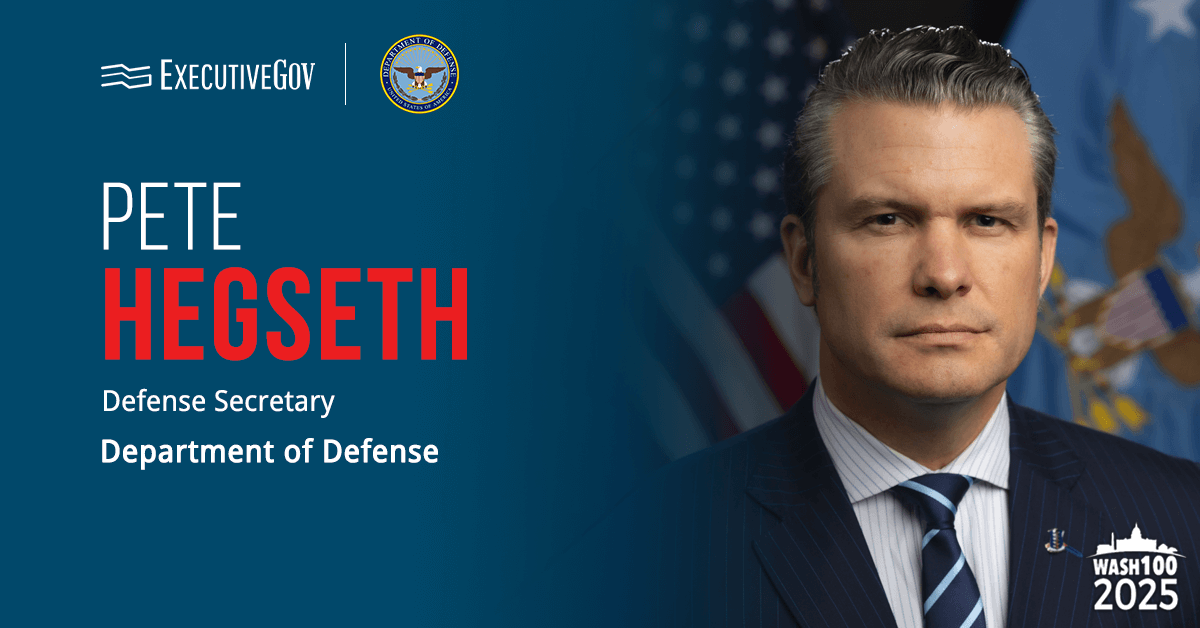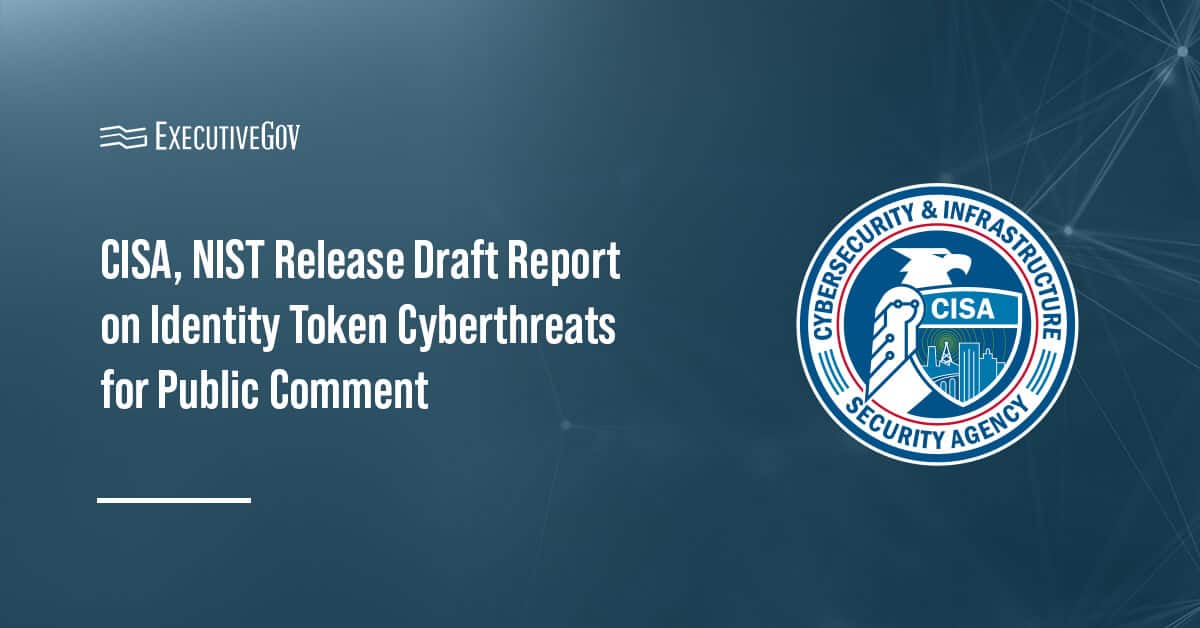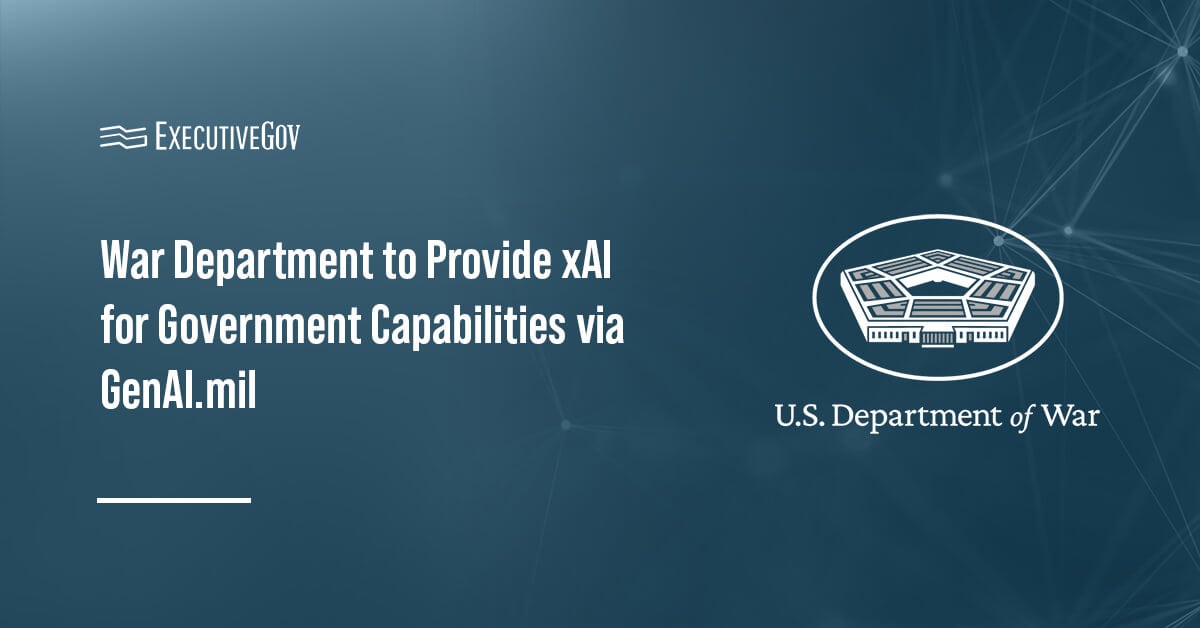Pete Hegseth, secretary of the Department of Defense and a 2025 Wash100 awardee, said the U.S. intends to reestablish deterrence in the Indo-Pacific region through three approaches: improving U.S. forward force posture; helping allies and partners strengthen their defense capabilities; and rebuilding defense industrial bases.
Table of Contents
Improving Forward Force Posture
“So first, the Department of Defense is prioritizing forward-postured, combat credible forces in the Western Pacific to deter by denial along the first and second island chains,” Hegseth said Saturday during the 2025 Shangri-La Dialogue in Singapore.
To advance the first approach, the defense secretary cited DOD’s commitment to deploying more advanced U.S. military capabilities to the Philippines and the U.S. Army’s plans to perform the first live-fire test of its Mid-Range Capability system in Australia.
Partnership for Indo-Pacific Industrial Resilience
During the event, Hegseth mentioned the Partnership for Indo-Pacific Industrial Resilience, or PIPIR. PIPIR is a multilateral forum of 14 allies and partners working with industry, capital providers and non-government stakeholders to bolster industrial resilience, expand capacity and speed up deliveries.
He cited PIPIR’s initial projects, including plans to establish repair capability and capacity for P-8 radar systems in Australia to support Indo-Pacific allies and partners.
“The second is a project that will develop standards for small unmanned aerial systems across the Indo-Pacific, identifying secure sources of production for their critical components, and increasing global supply chain resilience for these essential systems,” Hegseth added.
Hegseth’s Call for Indo-Pacific Allies to Increase Defense Spending
The Pentagon chief also called on U.S. allies and partners in the Indo-Pacific region to boost their defense spending.
“I urge all our allies and partners to seize this moment with us. Our defense spending must reflect the dangers and threats that we face today,” Hegseth said at the event.
“Ultimately, a strong, resolute, and capable network of allies and partners is our key strategic advantage. … But it’s up to all of us to ensure that we live up to that potential by investing. U.S. allies in the Indo-Pacific can, and should, quickly upgrade their own defenses,” he added.





